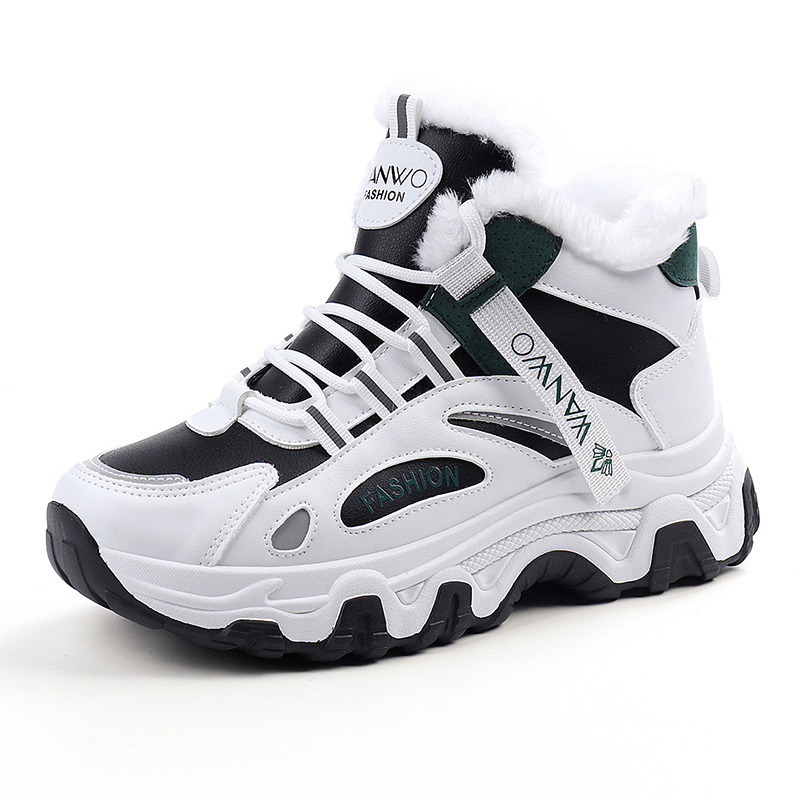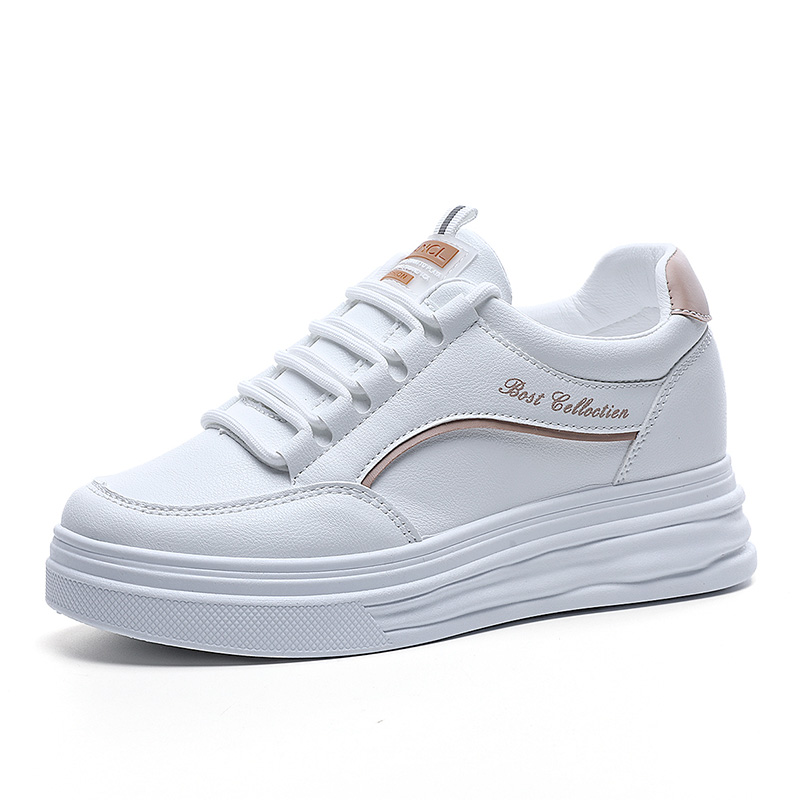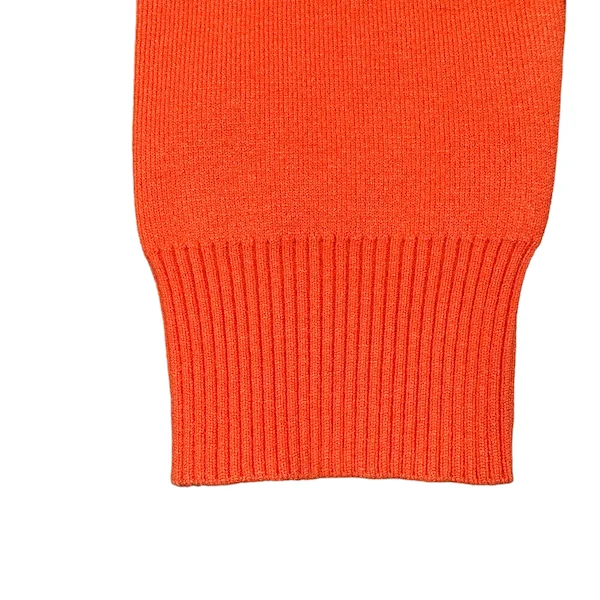Understanding Your Body Type: A Comprehensive Guide to Self-Assessment and Health Optimization
3 min readIn the realm of health and fitness, understanding your body type is crucial for tailoring your diet, exercise regimen, and overall wellness strategy. But how can you accurately determine your body type? This article delves into the intricacies of body types, offering a detailed guide on how to assess your own physique effectively.
The Science Behind Body Types
Body types, often referred to as somatotypes, are classifications that describe an individual's natural physique. The concept was popularized by American psychologist William Sheldon in the 1940s, who categorized bodies into three primary types: ectomorph, mesomorph, and endomorph. Each type has distinct characteristics and predispositions that can influence fitness and health outcomes.
- Ectomorph: Characterized by a slim, lean frame with narrow shoulders and hips. Ectomorphs typically have a fast metabolism, making it difficult for them to gain weight or muscle mass.
- Mesomorph: This body type features a muscular build with broad shoulders and a narrow waist. Mesomorphs often find it easier to gain muscle and lose fat, making them well-suited for various athletic endeavors.
- Endomorph: Endomorphs possess a rounder physique with wider hips and a tendency to store fat. They may struggle with weight loss but can gain muscle relatively easily.
How to Check Your Body Type: A Step-by-Step Guide
To determine your body type, follow these steps:
- Measure Your Body Dimensions
Start by taking key measurements of your body. Use a flexible measuring tape to record the following:
- Shoulder Width: Measure across the back from the outer edge of one shoulder to the other.
- Waist Circumference: Measure around the narrowest part of your waist, usually just above the belly button.
- Hip Circumference: Measure around the widest part of your hips.
- Analyze Your Body Composition
Understanding your body composition is essential. You can use various methods to assess your body fat percentage, including:
- Skinfold Calipers: Measure the thickness of skinfolds at specific sites on your body.
- Bioelectrical Impedance Analysis (BIA): This method uses a small electrical current to estimate body fat percentage.
- DEXA Scan: A more advanced and accurate method that provides detailed information about body composition.
- Evaluate Your Physical Traits
Take a close look at your physical characteristics. Consider the following:
- Bone Structure: Are your wrists and ankles thin or thick? A larger bone structure often indicates a mesomorphic or endomorphic body type.
- Muscle Definition: Do you have naturally defined muscles, or do you find it challenging to achieve muscle tone? This can help distinguish between ectomorphic and mesomorphic types.
- Fat Distribution: Where do you tend to store fat? Ectomorphs usually have a more even fat distribution, while endomorphs may store fat in the abdomen and hips.
- Consider Your Metabolism and Energy Levels
Your metabolism plays a significant role in determining your body type. Ectomorphs often have high energy levels and can eat more without gaining weight, while endomorphs may experience fatigue more quickly and require a more controlled diet.
Tailoring Your Fitness and Nutrition to Your Body Type
Once you have identified your body type, you can optimize your fitness and nutrition strategies accordingly.
- Ectomorphs: Focus on strength training to build muscle mass. Incorporate calorie-dense foods into your diet, such as nuts, avocados, and whole grains, to support muscle growth.
- Mesomorphs: A balanced approach works best. Combine strength training with cardiovascular exercises. Maintain a diet rich in protein, healthy fats, and complex carbohydrates to sustain energy levels.
- Endomorphs: Prioritize cardiovascular workouts to aid fat loss while incorporating strength training to build muscle. A diet lower in carbohydrates and higher in protein can help manage weight effectively.
Conclusion
Understanding your body type is not just about aesthetics; it’s about optimizing your health and fitness journey. By accurately assessing your body dimensions, composition, and traits, you can tailor your diet and exercise regimen to suit your unique needs. Remember, while these classifications provide a framework, individual variations exist. Always consult with a healthcare or fitness professional for personalized advice tailored to your specific circumstances. Embrace your body type, and let it guide you toward a healthier, more fulfilling lifestyle.



